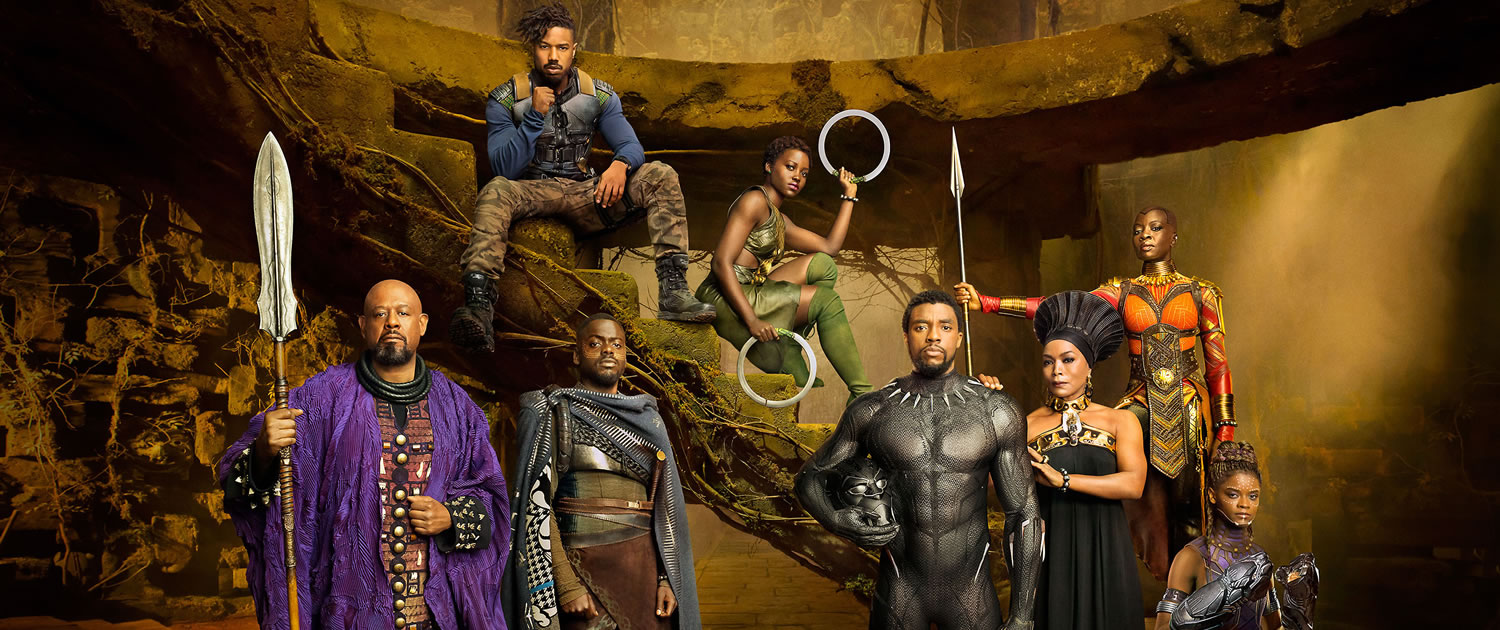In the 1940s, Drs. Kenneth and Mamie Clark, husband and wife psychologists, conducted a research test concerning dolls and children’s attitudes about race. The doll study became a reference to the psychological effects of segregation in the lawsuit of Briggs v. Elliott (1952), which became one of five cases included into the civil-rights hallmark case of Brown v. Board of Education.
In the famous “doll” study, the Clarks found that black children consistently picked the white dolls because they deemed the dolls that resembled them as inferior and not as beautiful. These results had a resounding effect on the Supreme Court, which in 1954 ruled in the Brown case that segregation was not only immoral, but psychologically damaging.
Twelve years later, Marvel Comics debuted the character Black Panther — the first black mainstream superhero — during the apex of the civil-rights movement.
My introduction to the Black Panther was in the early 1990s. My brother and I used to accompany my mother to the supermarket. Unlike most errands, this one was our favorite — not because we loved grocery shopping, but because that supermarket had an aisle full of comic books. It was in that aisle where my love of comics manifested, and where I discovered the Black Panther.
Black Panther is the title of the king, chieftain, spiritual leader and protector of the fictional African country of Wakanda. According to the comic, 10,000 years ago a very large meteorite landed in the territory of Wakanda. The meteor was full of a metal called Vibranium, a substance not from this planet. The metal could be processed so that it was indestructible, making it the most precious metal in the world, and thus making Wakanda the most sought-after piece of land in the entire world.


 Bro. Camara Williams, ESQ.
Bro. Camara Williams, ESQ.